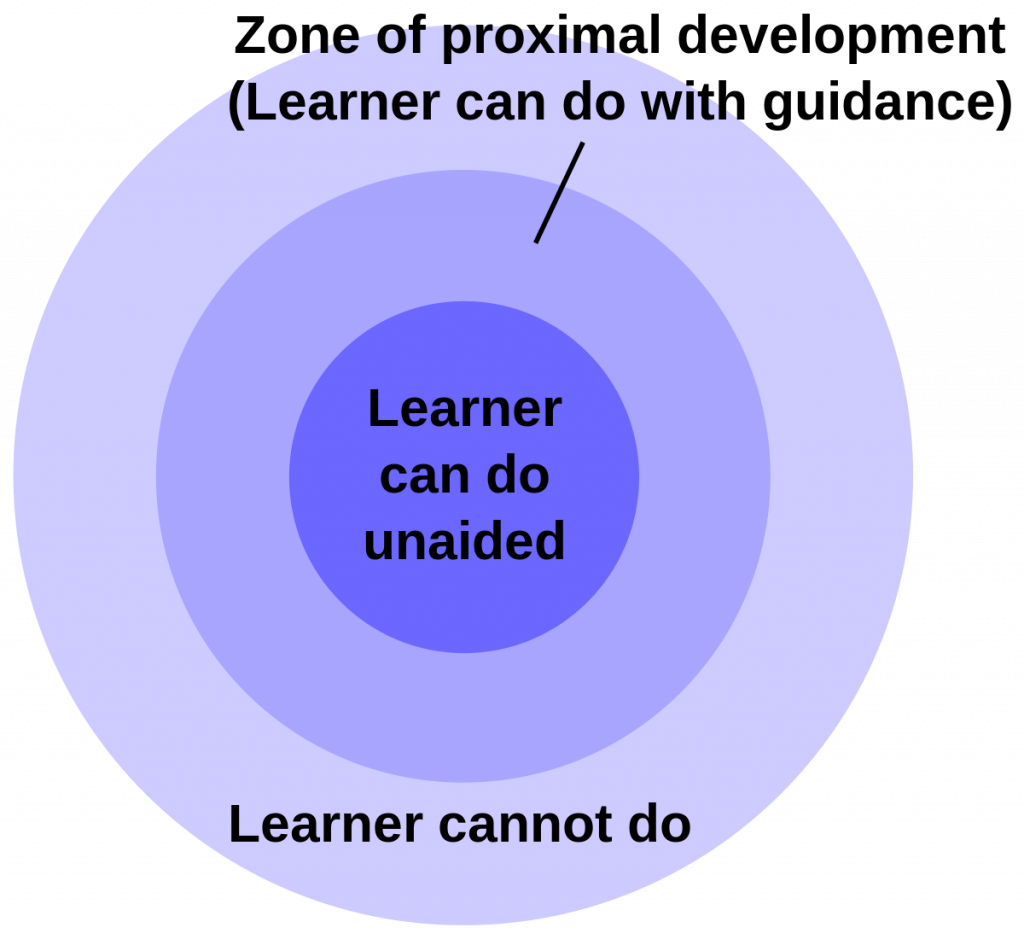Today’s post will be the inaugural post of a new series on the blog: Stories from the Classroom. In this series, I will highlight different experiences I have when I go into classrooms to work with students and teachers as they engage in historical thinking.
I recently observed a 6th grade classroom, where the teacher was having the students engage in one of the Thinking Nation DBQs. Students were reading some historical context and analyzing four historical sources in order to answer the prompt: “How did the development of agriculture shape early civilizations?” Their teacher introduced me as “the person who created this assignment we’ve been working on this week.” Instantly, I was booed.
“What?! Why would you do this to us?” “Do you enjoy torturing kids??” “You’re who made us go through all of this??” “Why do we have to write so much?”
Those were just some of the instant responses the class full of budding eleven year olds made sure I heard. Still, I remained in the class for another 30 minutes or so working with different students who were revising their final essay before turning it in. Toward the end of my time, one student asked if I could read her introduction paragraph. I did, and unfortunately I responded back to her that it did not make much sense. It felt both unclear and repetitive. Frustrated, she asked me what it needed to say.

Rather than tell her, I asked her what the most interesting thing she learned during this assignment was. She told me that it was interesting how people raised sheep, goats, and pigs thousands of years ago in the Levant (The Fertile Crescent/ Ancient Mesopotamia). I said, “Great, let’s build off of that to capture your audience’s attention!”
As we slowly worked through turning her thoughts into writing, she constantly told me how exhausting the process was. She even said, looking at her peer sitting next to her, “You’re making us think too much!”
I paused.
I asked her, “Before this week, have you had to think about the past and how things are affected in the past this much?” She answered as I expected: “No.” I then reminded her of how cool it is that she is drawing her own conclusions about the effects of a world changing event: the Agricultural Revolution. She isn’t just listening to a teacher or reading a textbook for a claim on the consequences of such an important event. Rather, she engaged in analysis and historical thinking in order to come up with her own evidence-based claims (I’m sure I said this more simply in the moment, ha!).
As I stopped talking, she let out a big “Ohhhhh, woah, that’s cool.” Her smile went from ear to ear. In this moment, this young girl was an empowered learner. She had the confidence to be a historical thinker and use the tools at her disposal to read, analyze, and make meaning of the past.
Moments like these are why we exist at Thinking Nation. We want to cultivate thinking citizens by empowering students to think historically. This simple interaction allowed the light bulb to go off for one student, where learning wasn’t necessarily “fun” but it felt good. It was edifying.